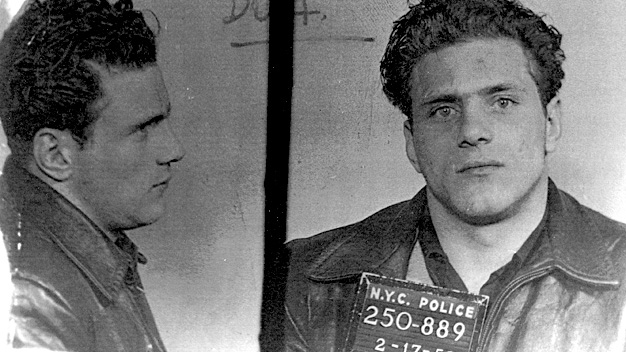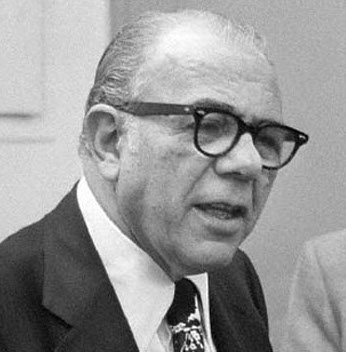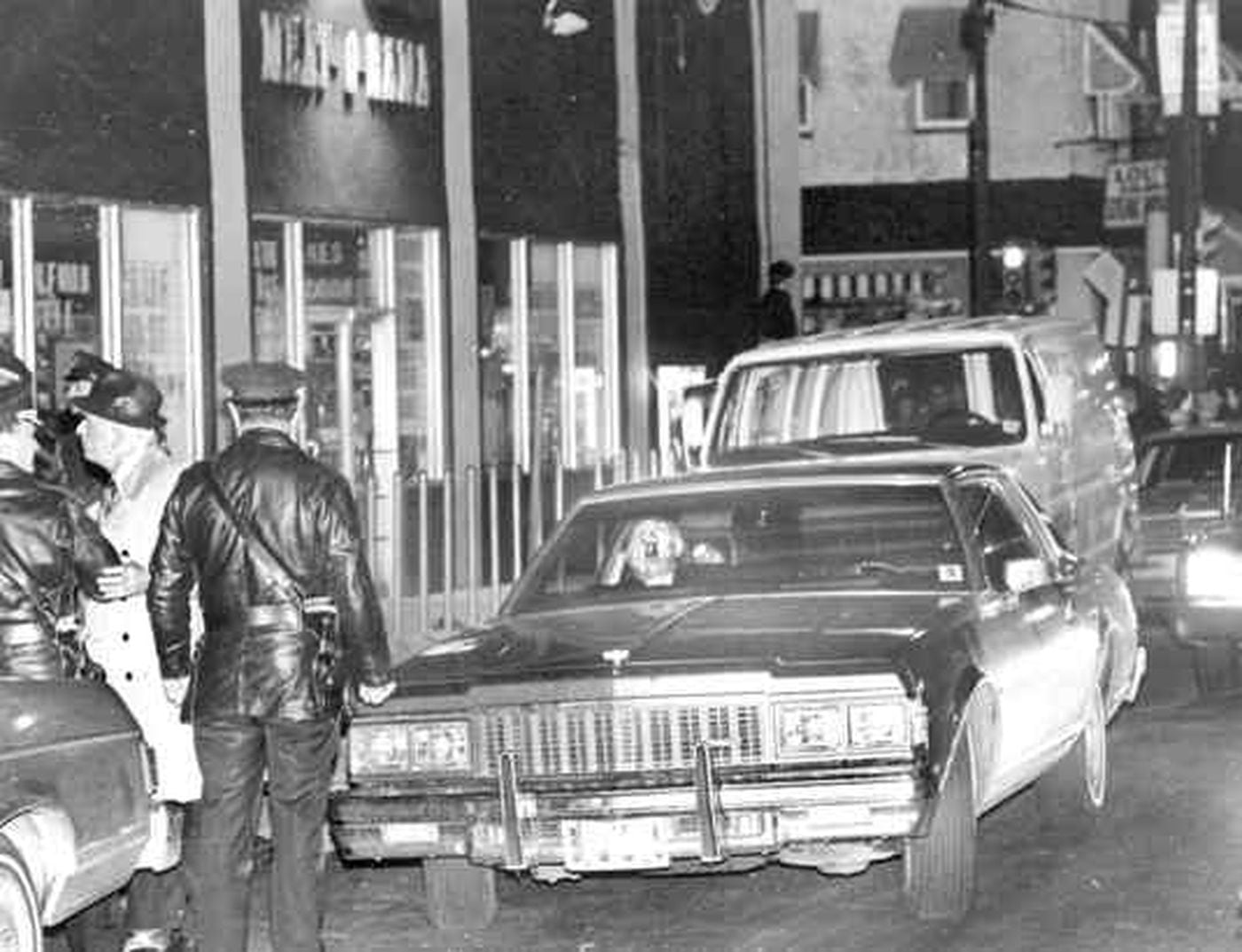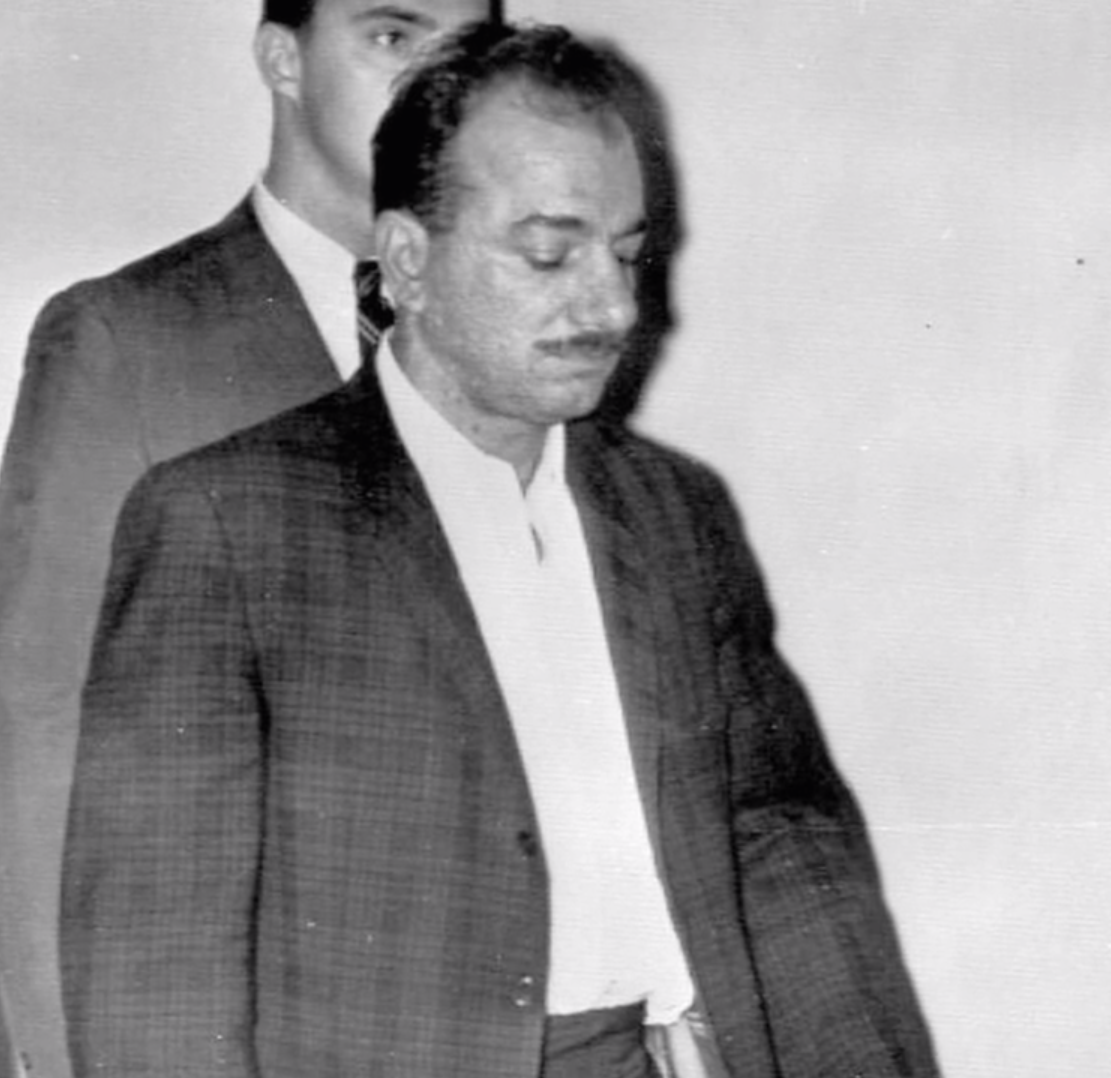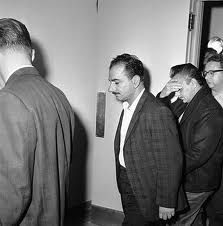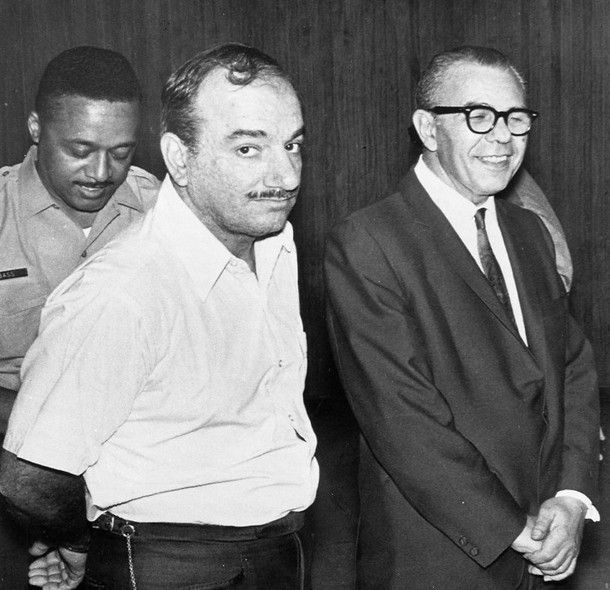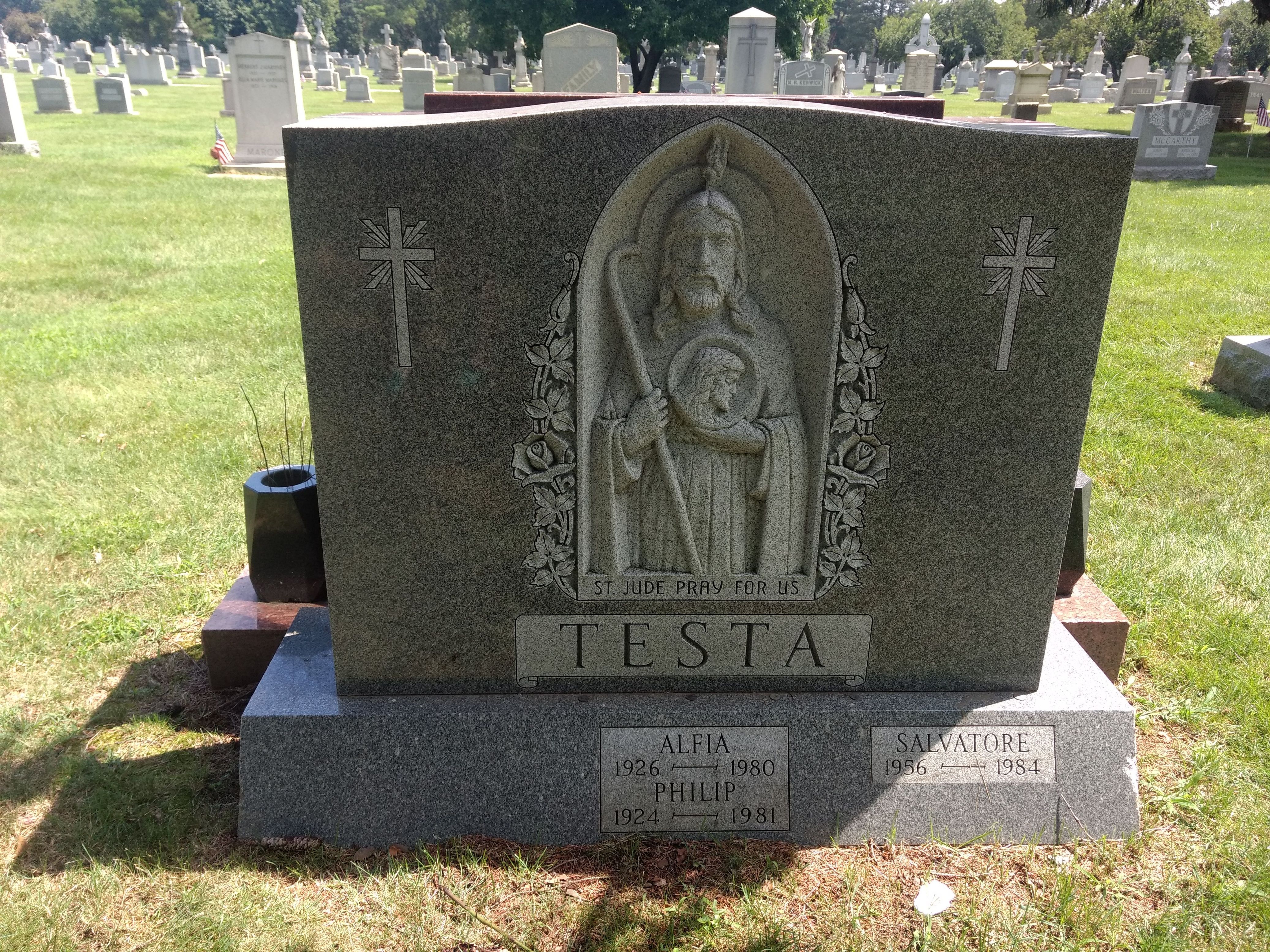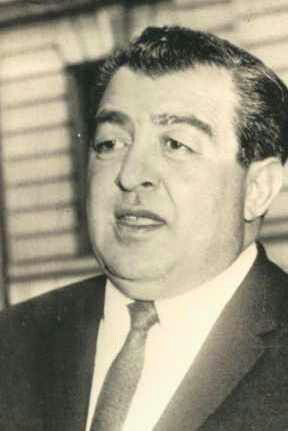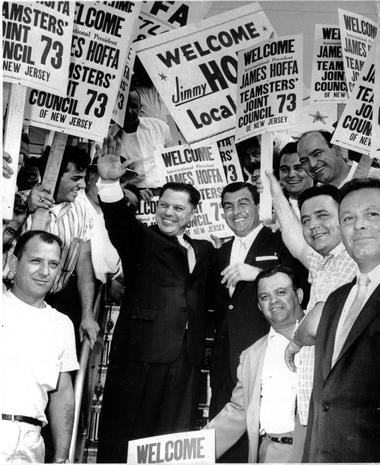Ellsworth Raymond Johnson was born on October 31, 1906 in Charleston, SC.
In 1916, Johnson's brother, Willie, was accused of killing a white man. Fearing that he'd become the victim of a retaliatory lynching, his parents sent him to live with the boys' sister, Mabel, in Harlem. In 1919, the Johnsons sent Bumpy to New York as well.
Bumpy found employment sweeping floors and selling newspapers. He subsequently embarked on a gambling career, hustling pool and shooting dice. Within two years of arriving in New York, the South Carolinian transplant had become a burglar as well. He reportedly earned the nickname "Bumpy" because of a prominent bump on the back of his head.
Johnson attended Brooklyn's Boys High and after graduating, he enrolled in City College as a pre-law major.
At 19-years-old, Johnson was arrested for burglary following completion of a single semester in college. He would serve seven years in prison.
In 1932, a newly-paroled Johnson's entrance into organized crime came when he was hired as an enforcer by Harlem numbers-runner Madame Stephanie St Clair. St Clair needed the additional muscle for her war with Jewish-American mobster Arthur "Dutch Schultz" Flegenheimer. Initially a bootlegger, Schultz encroached on St Clair's operation following the repeal of Prohibition. The Schultz conflict raged for years, eventually prompting St Clair to retire and turn her operation over to Johnson, with whom it's believed she also had an intimate relationship.
The numbers was an unofficial and illegal lottery devised in the 1920s. Players made bets on a three-digit number of their choosing, gambling that their number would be the one selected as the big winner.
Following Schultz's October 1935 murder, suspected to have been ordered by mobster Salvatore "Lucky Luciano" Lucania, Johnson secured a deal with the Italian gangster that allowed his and the other Black organizations to remain independent on the condition that they paid a 1% tribute to La Cosa Nostra. This independence -- and his expansion into the heroin trade -- allowed Johnson to flourish and he eventually became the preeminent gangster in Harlem. Numbers-running brought in an estimated $100 million in 1935.
Johnson's growing power -- and his taste for nightlife -- brought him into regular contact with celebrities with whom he forged friendships, including: boxing champion Sugar Ray Robinson; tap dancer Bill "Bojangles" Robinson; and singers Cab Calloway, Billie Holiday and Lena Horne.
In 1948, Johnson met future wife Mayme Hatcher, with whom he quickly began a romantic relationship, at a local restaurant. That October, Johnson proposed during a drive around Harlem with Hatcher in his Cadillac.
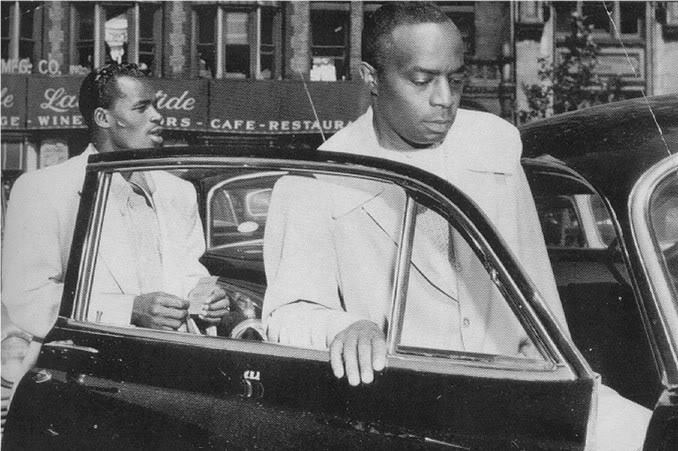
A ladies man, Johnson maintained a relationship with writer and former Vanity Fair managing editor Helen Lawrenson. But he was also a family man. Johnson raised his grandchild, Margaret Johnson, born in 1950, as his daughter, pampering her with chauffeured limousine rides to private school and extravagant birthday parties.
In 1952, Johnson was indicted for narcotics trafficking. In 1954, after being released on $22,500 bail, Johnson turned himself in to New York police to begin a 15-year prison sentence stemming from a drug-trafficking conviction. Johnson had filed -- and lost -- an appeal accusing multiple prosecution witnesses of perjuring themselves at his trial. He was sent to San Francisco's infamous Alcatraz prison, where he was designated inmate number 1117.
Nicknamed "the Rock", Alcatraz, which was ordered closed down by Attorney General Robert F. Kennedy in 1963, was notoriously difficult to flee. However, during his stint, Johnson is widely believed to have aided the June 11, 1962 escape of three men from the island facility. Johnson is rumored to have arranged for a boat to transport the escapees to Pier 13 in San Francisco's Hunter's Point once they reached the San Francisco Bay.
Upon his release and return to Harlem in 1963, Johnson was welcomed back to his adopted hometown with a parade. Vowing to go legit, Johnson opened the Palmetto Exterminating Business shortly after his return.
In 1965, Johnson orchestrated a sit-in protest at a local police station in order to express his objection to law enforcement surveillance. He was charged with, and eventually acquitted of, "refusal to leave a police station".
In 1967, Johnson was arrested following a brief chase through traffic and charged with drug trafficking by federal agents acting on information supplied by a confidential informant. However, a search of Johnson's vehicle came up empty. He was released on $50,000 bond.
On July 7, 1968, Johnson dined at Harlem's Well's Restaurant, where he suffered a heart attack in the company of childhood friend Finley Hoskins. After being transported to Harlem Hospital, Johnson was pronounced dead from congestive heart failure. His last meal was chicken legs, hominy grits and coffee.
Funeral services for Johnson were held on July 11 at St. Martin's Episcopal Church, located at 122nd St and Lenox Avenue. He was interred at Woodlawn Cemetery in the Bronx.

Johnson with his granddaughter Margaret at her 14th birthday party





